Pressure Washing Fundamentals Explained
Table of ContentsPressure Washing - QuestionsSome Of Pressure WashingHow Pressure Washing can Save You Time, Stress, and Money.
Because the water is traveling fast, it hits the dirty surface area with high kinetic power, knocking dust as well as dirt away like a continuous rainfall of little hammer strikes. It's only water, however, so it does not harm most difficult surfaces. Having said that, it's an excellent suggestion to evaluate a pressure washer on an unnoticeable area prior to you begin job to make certain it does not hurt the surface you're cleansing.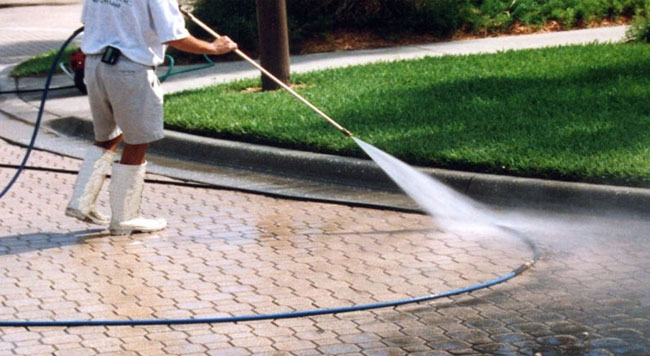
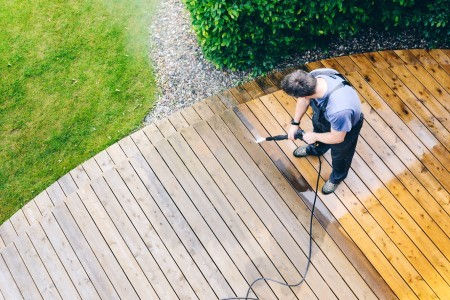
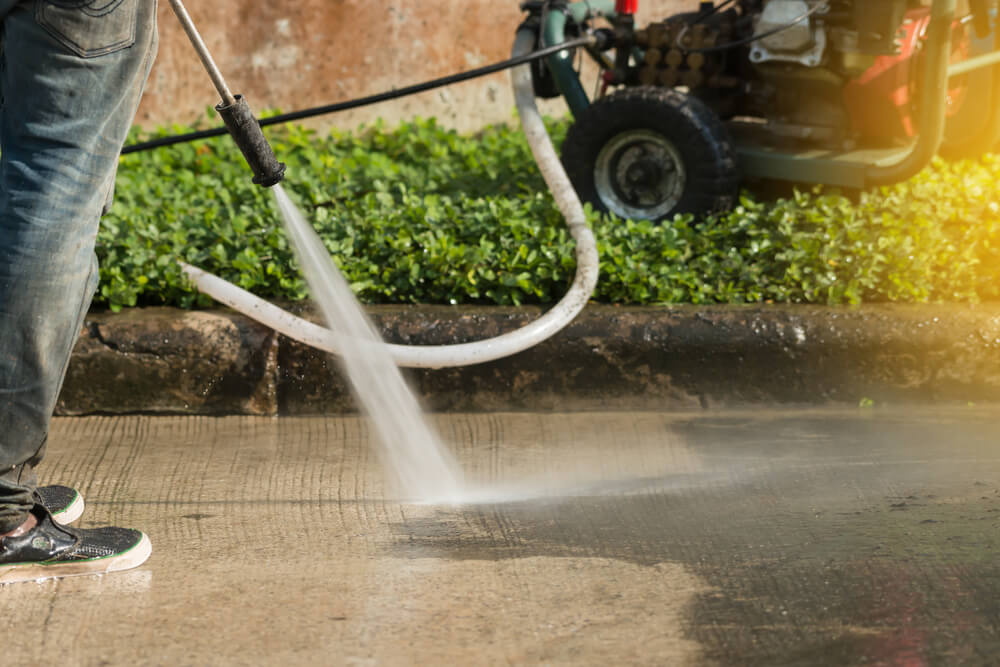
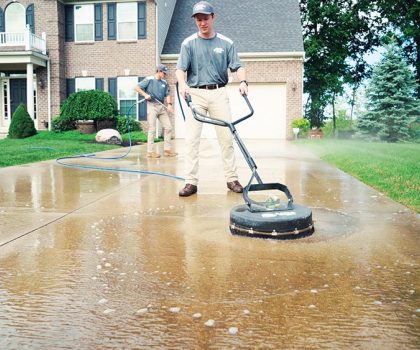
Gas engine versions are excellent if you're functioning outside in position where a power supply is hard to find (or where a lengthy trailing cord would threaten or inconvenient). The motor or engine is created to power the water pump. Photo: Although domestic stress washing machines are generally powered by power, bigger ones are frequently driven by small gas engines as well as create significantly a lot more powerful water jets. It's a little bit like a hand-operated ground-water pumponly it's driven at broadband by the electrical motor (or gas engine) instead of your hand. When the engine draws the pump one means, it sucks water in from the tap; when it pushes the pump the other method, the water sprays out in a high-pressure jet.
High-pressure hose: This is television that goes out from the washer to whatever cleaning accessory you've decided to make use of. An ordinary little bit of tubes would not be able to make it through the high-pressure of the water moving through it. High-pressure tube is strengthened with wire mesh as well as has 2 or more layers of high-density plastic.
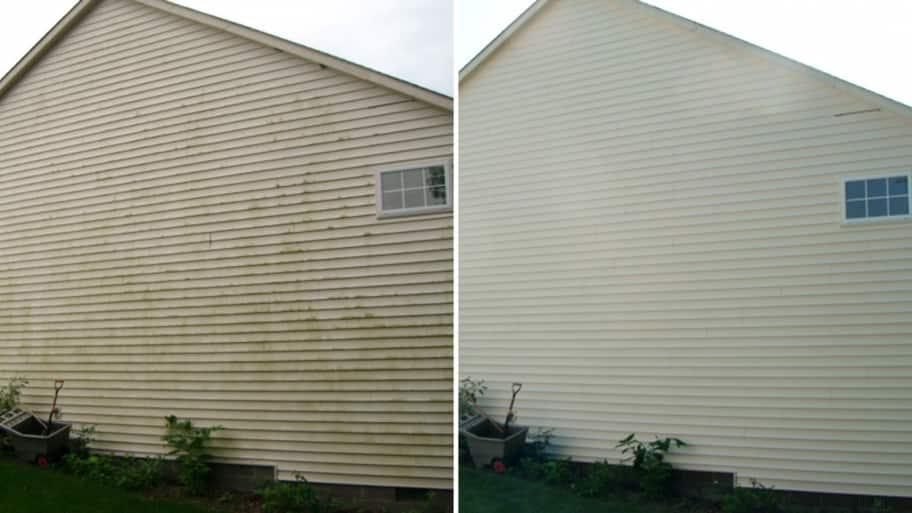
Everything about Pressure Washing
Picture: The trigger gun from a Krcher pressure washer. The reinforced, high-pressure pipe adds inside the plastic casing, with a shutoff, and also out of the open end on the right. Some pressure washing machines have additional attributes. Water as well as electrical energy are not an excellent mix, many power washing machines have ground-fault breaker, additionally understood as residual present gadgets (RCDs), built right into the power supply to protect you in instance of an electrical mistake.
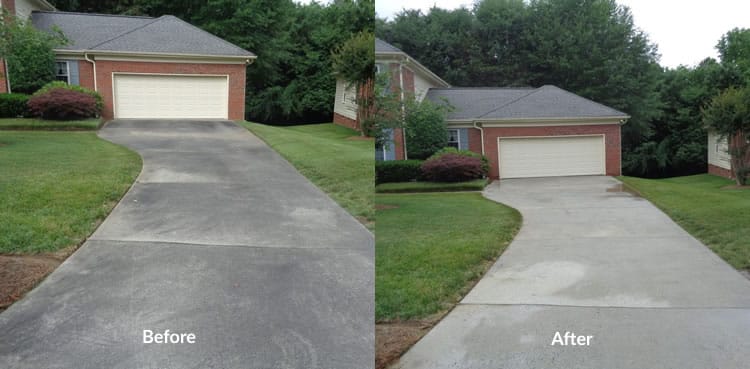
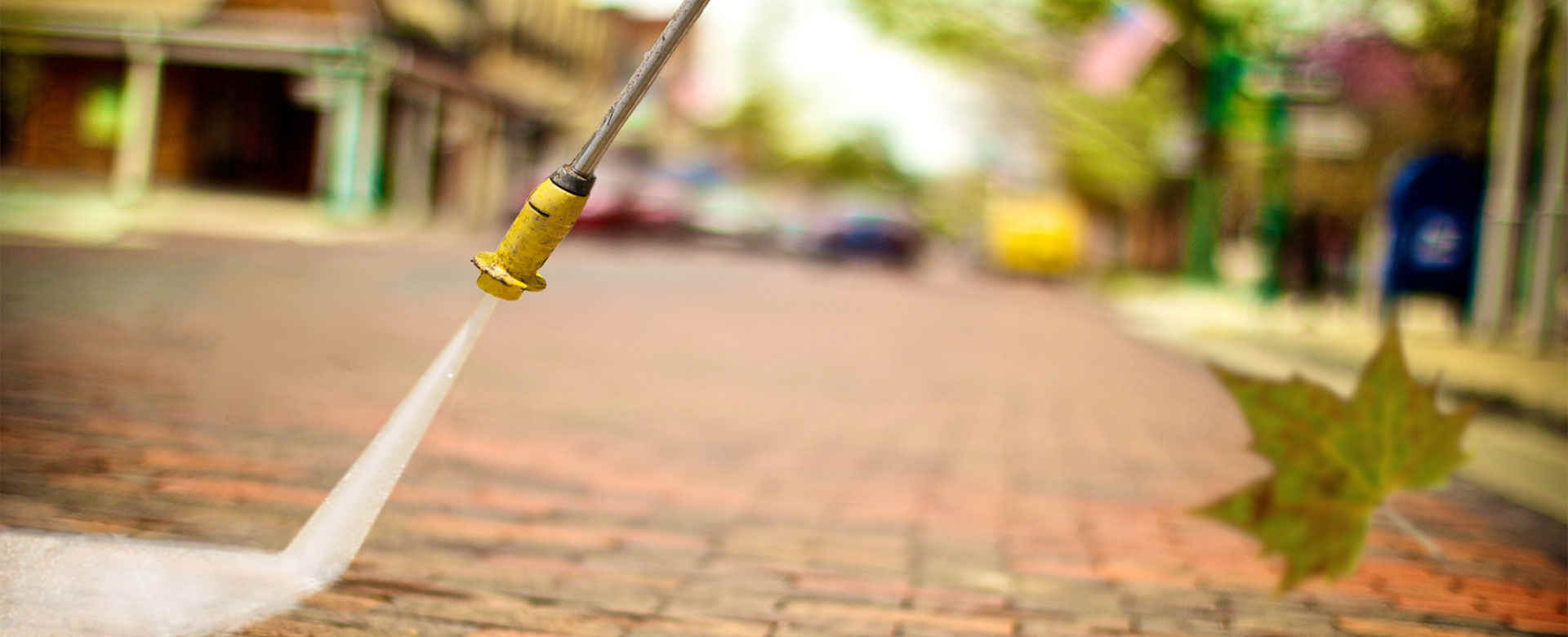
Here's a quick summary of the standard concept: Detergent streams in from a container or container with one hose. Pressure Washing. Cold water moves in from a faucet (faucet) through another tube as well as is filteringed system en route in. An electric motor or diesel motor powers the washing machine. Powered by the engine or electric motor, a water pump (impeller) pulls in the detergent as well as water and mixes that site them together.
The pump sprays out the hot, soapy water via the enhanced, high-pressure exit pipe (as well as whatever add-on is taken care of onto it). The narrow nozzle on these accessories helps to enhance the pressure of the water jet much more (Pressure Washing). The high-pressure of the jet not only cleans better yet suggests you're wasting around 80 percent much less water than if you utilized a normal low-pressure hosepipe (which is more economical if your water is metered).
That's a widely streamlined variation; in fact, a stress washing machine is a fair bit much more intricate inside. There are a number of pumps, for a begin, as well as for safety reasons rather a great deal of attention is paid to keeping the damp parts of the machine entirely insulated from all the electrical parts.
I have actually colored it and also significantly simplified the numbering so it's simpler to follow: Key outer plastic housing (yellow). Electric motor (red). Insulating plastic aluminum foil (blue): This guarantees no water permeates inside the electric motor. Central shaft of the motor rotates about at broadband, powering the water pump. Reciprocating water pump (gray): The electric motor reverses (turns), however the pump try this web-site returns as well as forth (reciprocates) to transform the water to a high-pressure jet.
Pump piston (orange): This is the chamber where water is pumped to high pressure. Pipes (blue): This is where water is sucked in and pumped out. You can discover a lot a lot more information concerning all the parts as well as exactly how they work by considering United States Patent # 5,886,436: High-pressure cleansing device (by means of Google Patents) by Josef Schneider et al, Alfred Krcher GmbH & Co., provided March 23, 1999.
What Does Pressure Washing Mean?
However, the dust has to go somewhere, so think of where you're splashing as well as prepare the direction in which you're functioning - Pressure Washing. Picture by Charles D. Gaddis IV thanks to US Navy. Pressure washing machines can get things really tidy, however they have a couple of problems too: They utilize a great deal of water (normally 1.52 gallons per minute).